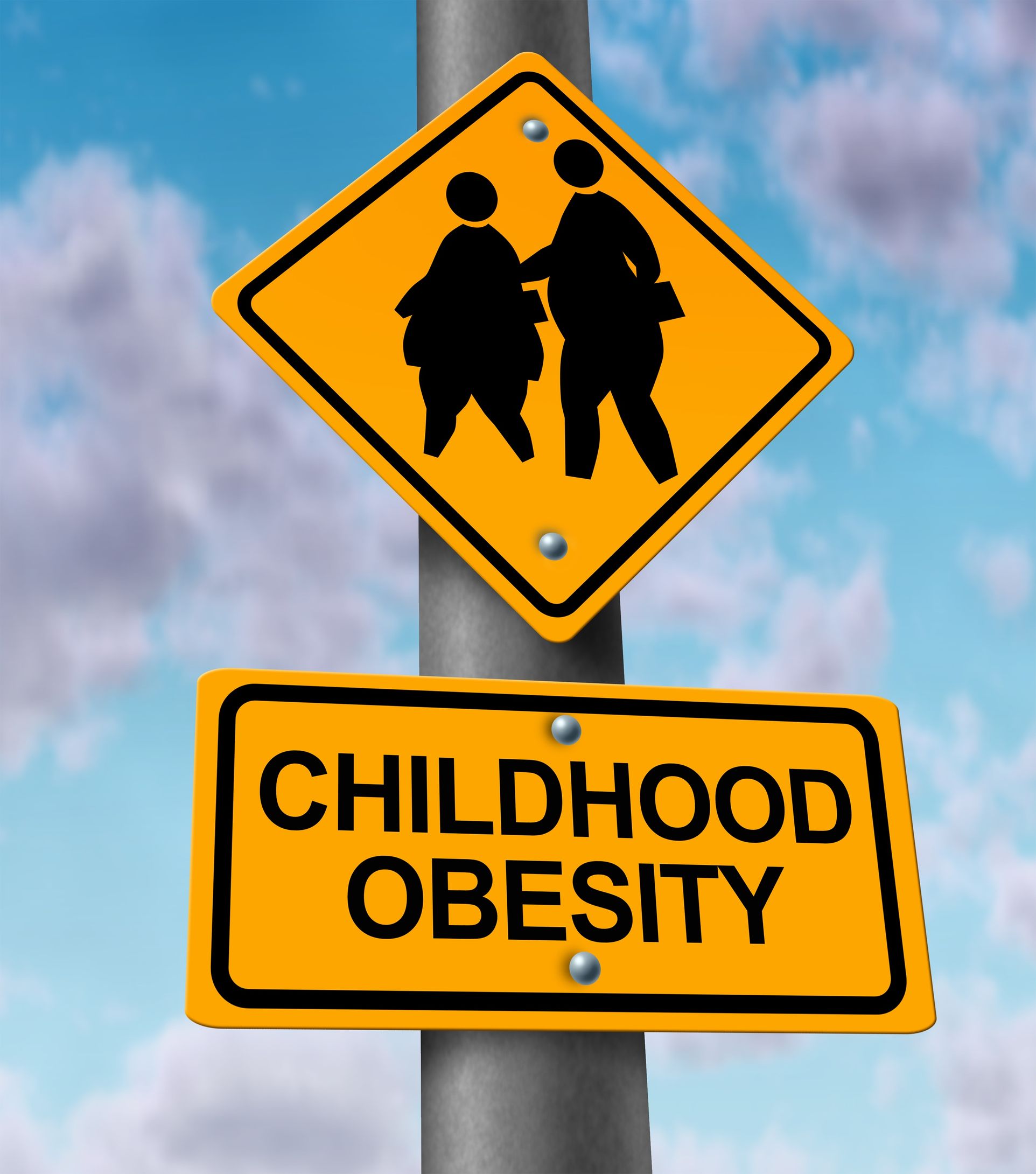Let’s face it. Working as a locum tenens healthcare provider in family practice or pediatrics, you check a patient’s height and weight every time they come to the doctor’s office. It doesn’t matter if they are a child or a grown adult, their height and weight is an important measurement for you to note in monitoring their health so that you notice if there are any unusual changes. Yet, what do you do when those numbers reveal that a patient is overweight for their height? It’s an awkward conversation to have no matter who the patient is, but it can be especially difficult to talk with a defensive parent about the weight of their child. Childhood obesity rates are still on the rise in certain groups of kids, though, and in June a government panel released new recommendations for how physicians should be screening children for obesity.
There are probably some common arguments or defensive statements you’re used to hearing when discussing a child’s weight with their guardian. Thanks to the U.S. Preventive Services Task Force – a group of experts appointed by the Department of Health and Human Services’ – releasing new recommendations, you have a list of valid points in your back pocket to use as reasoning for why the parent should be concerned about childhood obesity rates.
Facts about Childhood Obesity Rates

There’s a difference between being overweight and obesity
Explain to the parent that in order to measure obesity, you compare the child’s body mass index, or BMI, to other kids who are the same age. You also measure obesity by reviewing a growth chart created by the Centers for Disease Control and Prevention, or CDC, that show a baseline for what exactly qualifies as obese. While some kids are simply overweight, an estimated 17 percent of Americans ages 2 to 19 are obese, according to the CDC.
Don’t forget to tell them that obese children are at a higher risk for certain health conditions such as asthma, high blood pressure, high cholesterol, orthopedic problems and obstructive sleep apnea.
Kids might not grow out of it
Let me guess, you probably hear this one a lot – “my kid’s just a little chubby right now.”
That’s when you pull out this statistic. An estimated 64 percent of kids who are obese before they’re even teenagers grow up to become obese adults. The older they get, the higher the odds are that they will go on to become obese adults.
Intervention is important
Although you’re basically telling them things they don’t want to hear, make sure to counter that information with the good news – there are things you can do right away to get obesity under control. Some effective weight-loss programs include the child and his or her family spending at least 26 hours over the course of a few months with a physician. During that time, the physician gives them instruction on healthy eating and how to understand nutrition information and food labels. The physician also helps the child learn some exercises and how to set goals for themselves. In recent clinical trials, patients who had the best results with lowering obesity rates spend at least 52 hours with their physician over the course of a year.
Some kids at high-risk for childhood obesity rates
Although childhood obesity rates have leveled out over the past 10 years or so – it’s been around 17 percent compared to 14 percent at the turn of the century – some groups of children are still experiencing higher childhood obesity rates, such as African American girls and Latino boys.
Most importantly, when discussing obesity with patients, you want to be compassionate and considerate. Make sure that they understand that you are not pointing fingers or putting them down – you are just doing your job and helping their children to be healthier.
